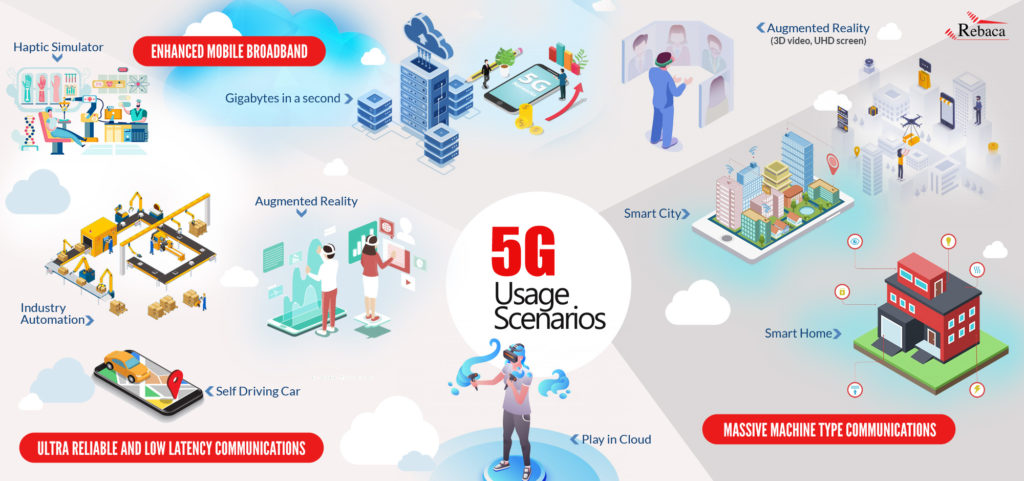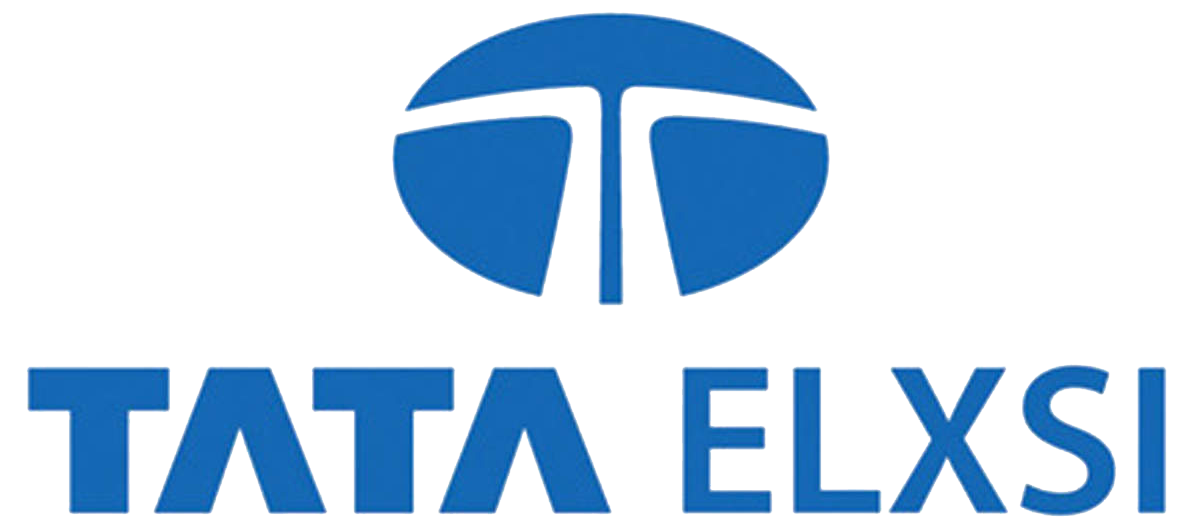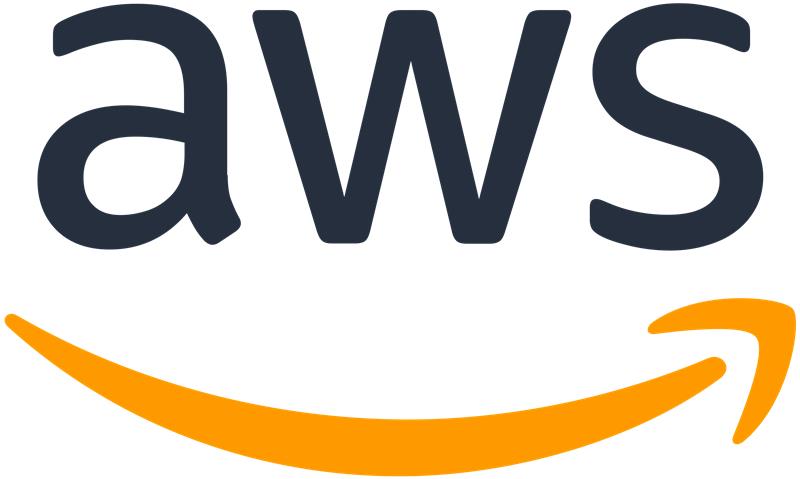The Future of 5G Network and its Applications
5G enables futuristic use cases—mMTC, eMBB, URLLC—powering smart cities, remote surgery, AR education, V2X, and industrial automation.
The world of telecommunication and wireless network is undergoing a tectonic shift as it upgrades to 5G. According to Gartner, by 2020 there will be a staggering 20.8 billion devices connected to the Internet.
A huge number of small, low-powered devices with different kinds of sensors will connect to the Internet. This will lead to Massive Machine Type Communication (mMTC). High-speed data with massive coverage will be the backbone of Enhanced Mobile Broadband (eMBB). The world of 5G will lead us to a tactile internet through a series of applications, enabled by Ultra Reliable Low Latency Communication (URLLC) and control of virtual objects would be possible at real-time speeds.

Futuristic Use Cases
- Conducting critical and high precise surgery in remote locations, with use of robotic assistance will transform the healthcare industry The surgeons and physicians are no longer required to travel to remote locations but instead, they can carry out the surgery or treatment using haptic medical simulators.
- Teleconferencing will be replaced by teleporting in business communication, aided by Virtual Reality and Augmented Reality. Smart interactive boards in the classroom will be replaced by headsets for augmented reality. Imagine a student walking beside the Egyptian pyramids during his/her History classes.
- While e-commerce is slowly replacing the brick and mortar shops. 5G will give a boost to an online purchase, as customers would be able to feel the material they are buying and can try the fittings of the apparel without physically hopping into a shopping mall and standing in the queue of the trial room.
- 5G will enable industries to reduce the number of onsite personnel in the hazardous work environment. Mines, construction sites, power plants, chemical factories, petroleum or petrochemical industries, etc. will deploy robotic industrial equipment which can be operated from the comfort of a centralized control room. Imagine a robotic equipment mining out coal from a coal mine, without the danger of the miners getting stuck anytime. A drone spraying pesticide or fertilizers over huge farmlands can reduce the danger of someone falling sick while spraying pesticide on farms. Remote operation of heavy machinery and furnaces will seem plausible.
- Vehicle to everything use case will bring with it enhanced infotainment in a car, contribute to safe driving with precise position provisioning, and will include a virtual positioning system with a visual approach to local navigation. A navigator will no longer be lost in satellite maps, instead can see the corners of the roads along with the directions. Imagine someone looking out for a parking slot while there are lots of empty slots nearby or on the next floor. V2X will enable cars to automatically and intelligently discover parking slots in the vicinity. There will no longer be instances of a broken down vehicle waiting in the middle of the road for the tow truck to arrive, instead, the broken down vehicle can be repaired remotely from a nearby garage. The cars giving out warnings to prevent collision will make the roads much safe.
Blurring the lines between real and virtual – unfolding the pages of a Sci-Fi through 5G
Smart City networks will be implemented using 5G and will include smart transportation, smart retail, smart education, smart hospitality, smart banking, smart healthcare, and smart governance. Centrally controlled street lighting, smart metering for water, energy and gas reduces theft and misuse of these resources; smart waste management (bins deployed with sensors which transmit filled status to a centralized waste management office); smart monitoring of environment (temperature, pollution, rainfall, weather, etc.) all are better enabled by 5G network. Smart monitoring of CCTV footages from a centralized control room will ensure better public surveillance and less crime rate.
To Be Continued…

















